What are ghost peaks and why do they occur?
A ghost peak is an unidentified peak in the sample which is not the drug peak. A ghost peak may randomly elute out. This can affect the quality of a chromatogram and subsequently increase the chance of results that are out of trend (OOT) or out of specification (OOS).
A ghost peak may originate from:
- Mobile phase
- System bleed
- Sample preparation
- Column contamination

1. Mobile phase ghost peaks may be due to:
- Prolonged use of organic solvent which degrades due to lack of stabilizer (e.g. THF without stabilizer)
- Contamination present in the deionized water
- Use of high concentration of buffers / salts
- Contamination of the mobile phase bottle due to continuous addition of fresh mobile phase to the current mobile phase over an extended period
- Use of non-HPLC grade reagents
2.System bleed ghost peaks may be caused by:
- Deposition of the biorelevant buffer reagents in the pump
- Carryover from the autosampler (or manual injector)
- Damage to seals and tubing due to for example aggressive solvents (such as THF)
3. Sample preparation ghost peaks may appear if there is an impurity with the same absorption wavelength as the drug peak. The impurity may come from:
- Inappropriately washed column
- Leaching of an inappropriate filter during sample filtration
- Sample degradation
- More than 48 hours old biorelevant media
4. Column contamination ghost peaks may be arise if the column is:
- Inadequately washed after analysis of drug in biorelevant media
- Inappropriately stored
- Subjected to highly concentrated sample injections

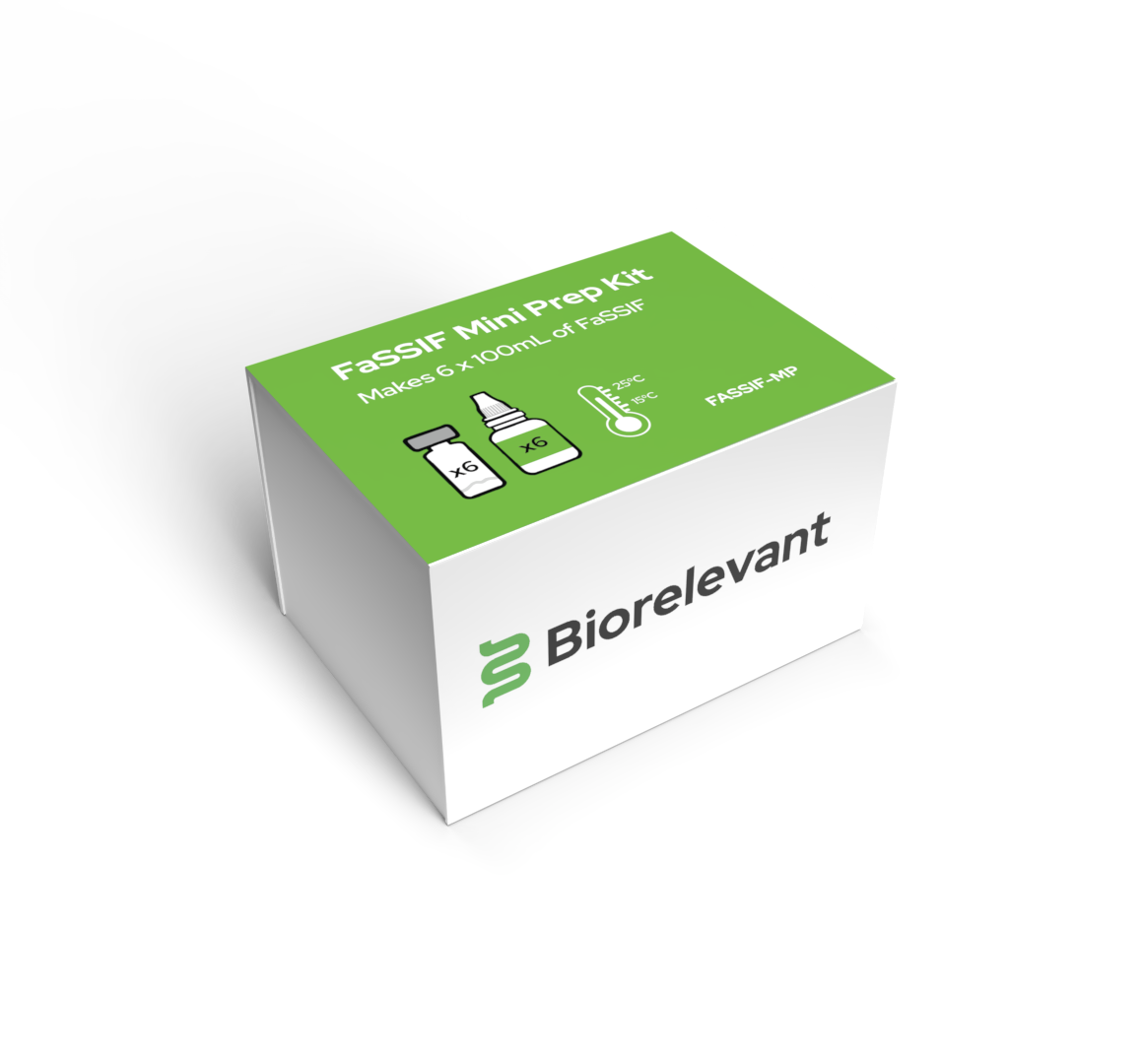
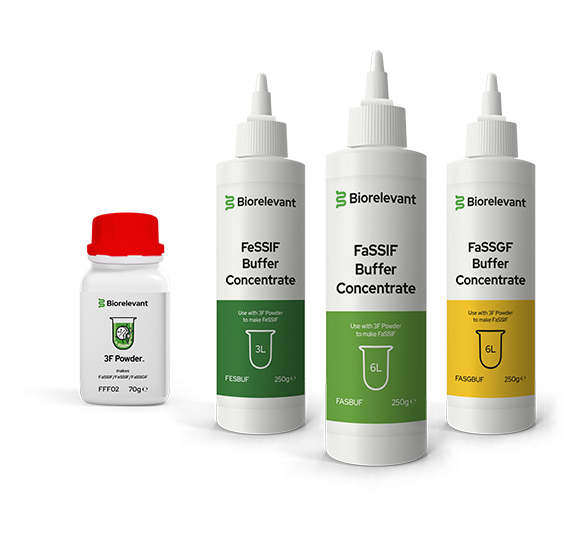

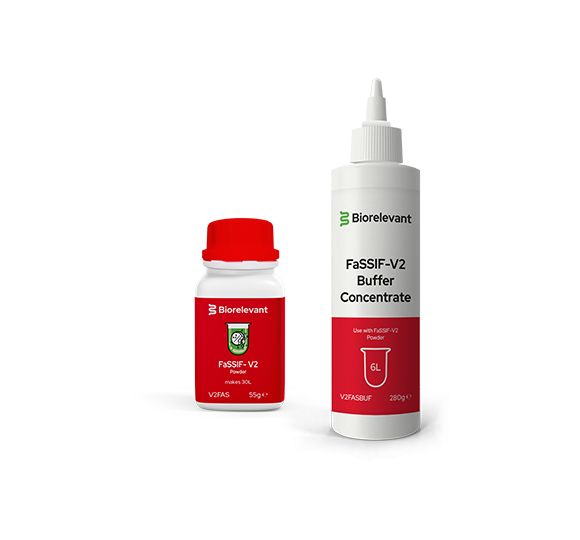
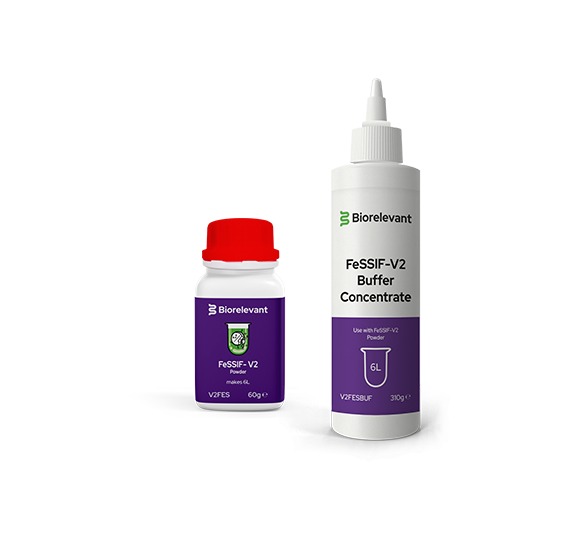


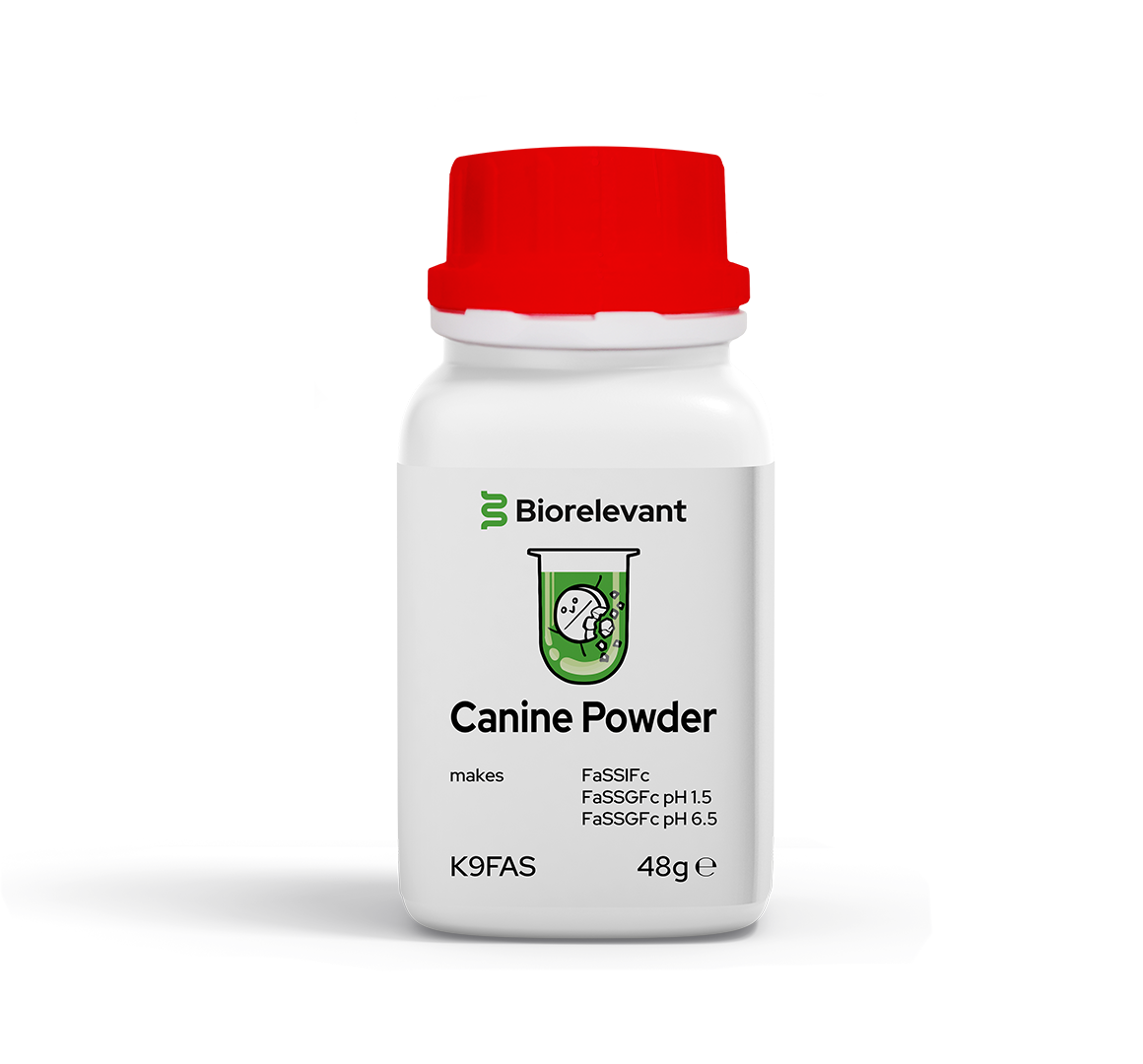

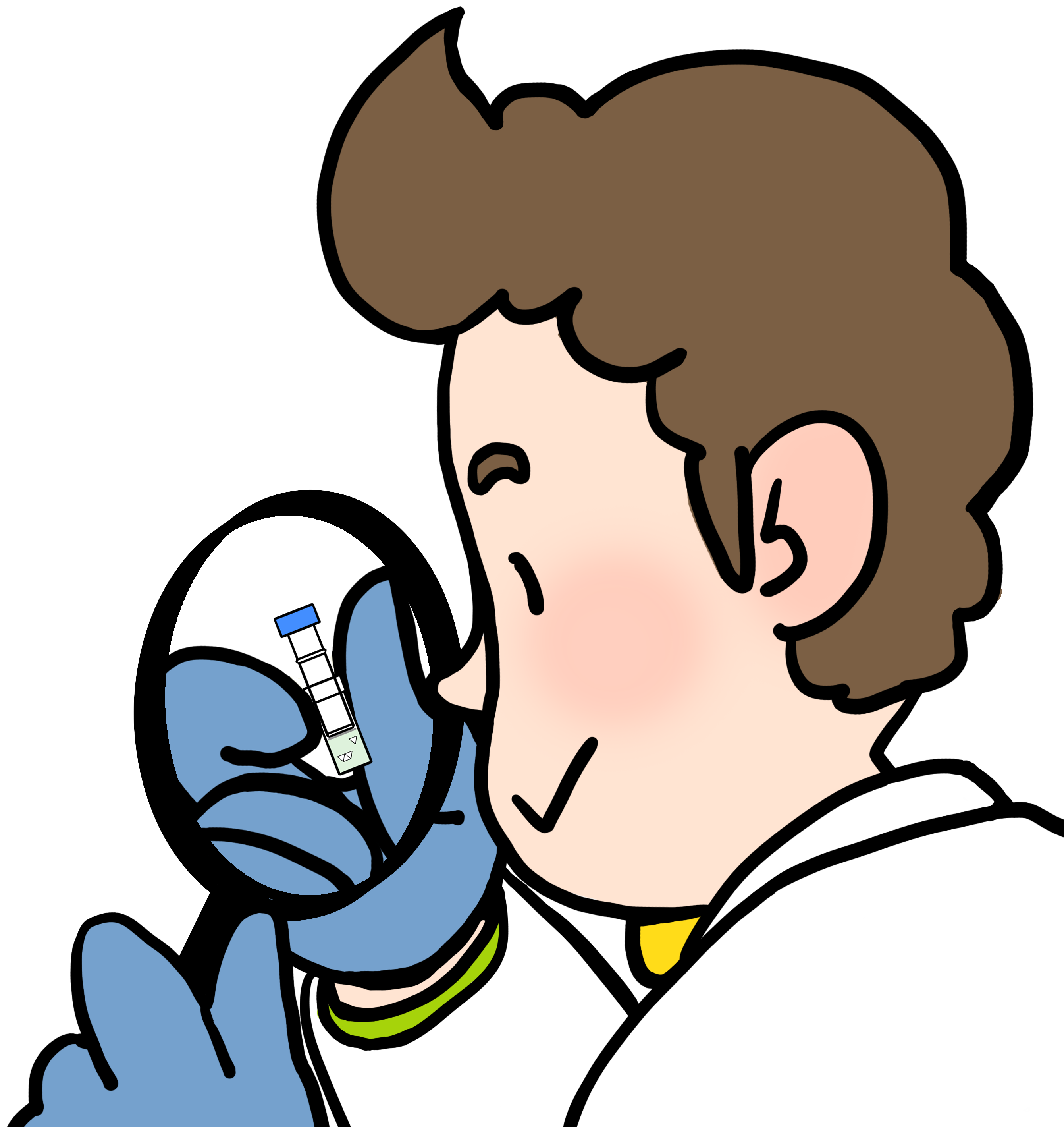
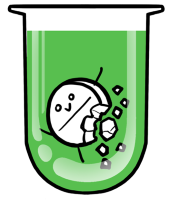






 Home
Home















